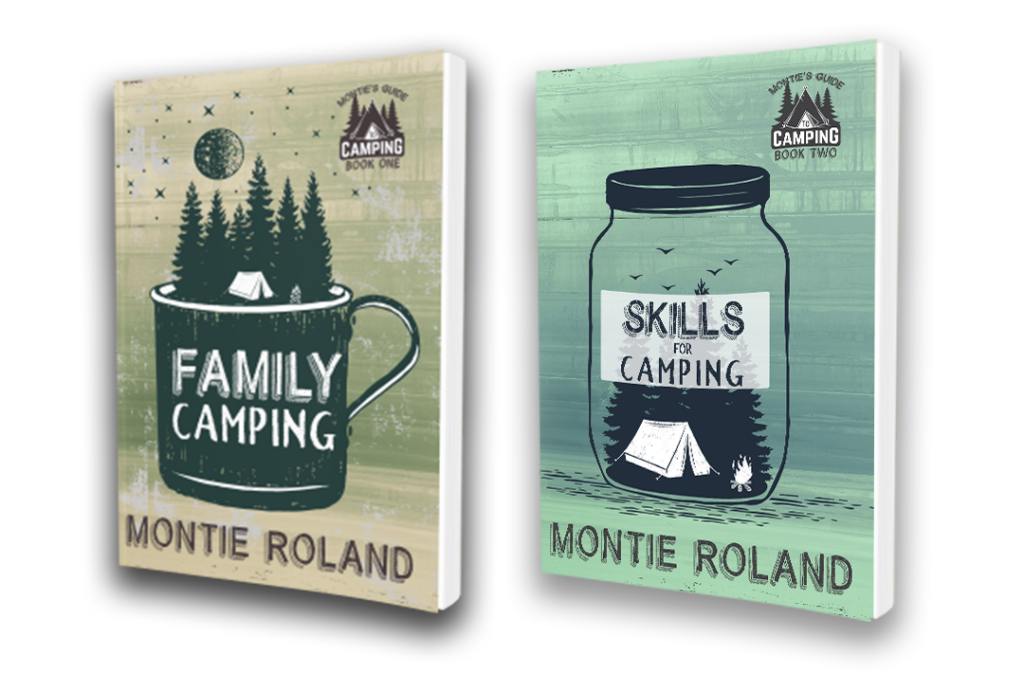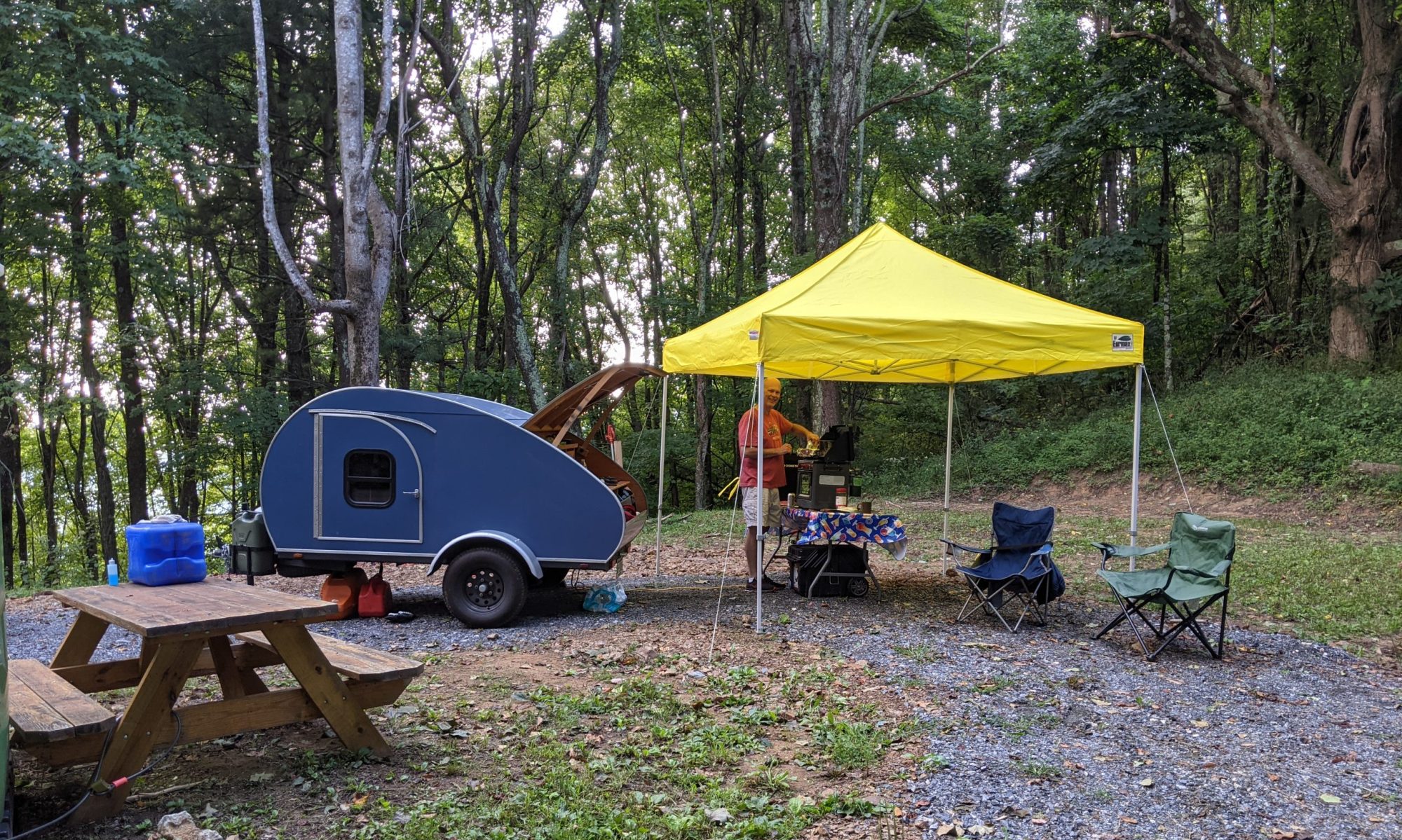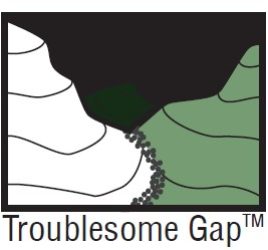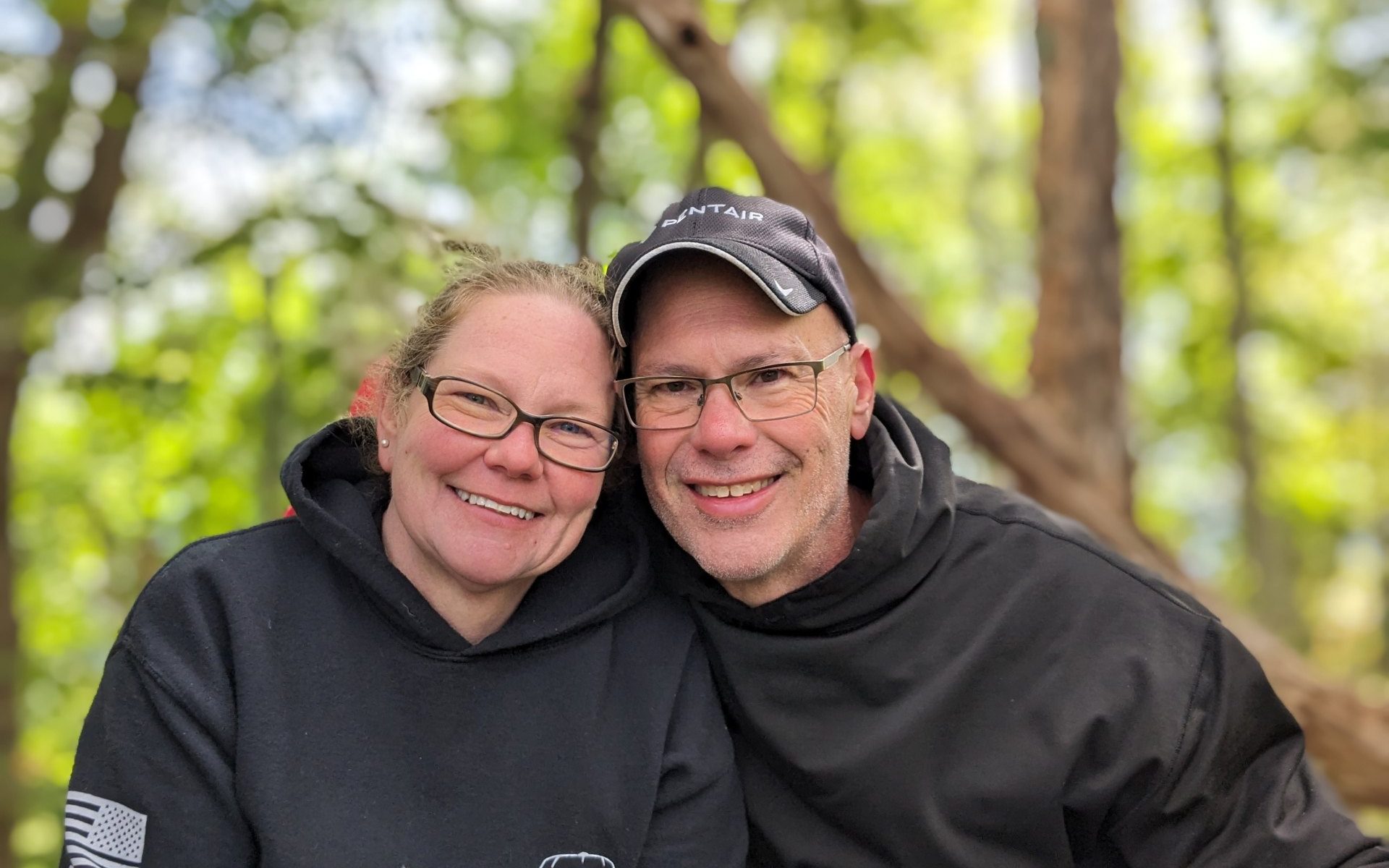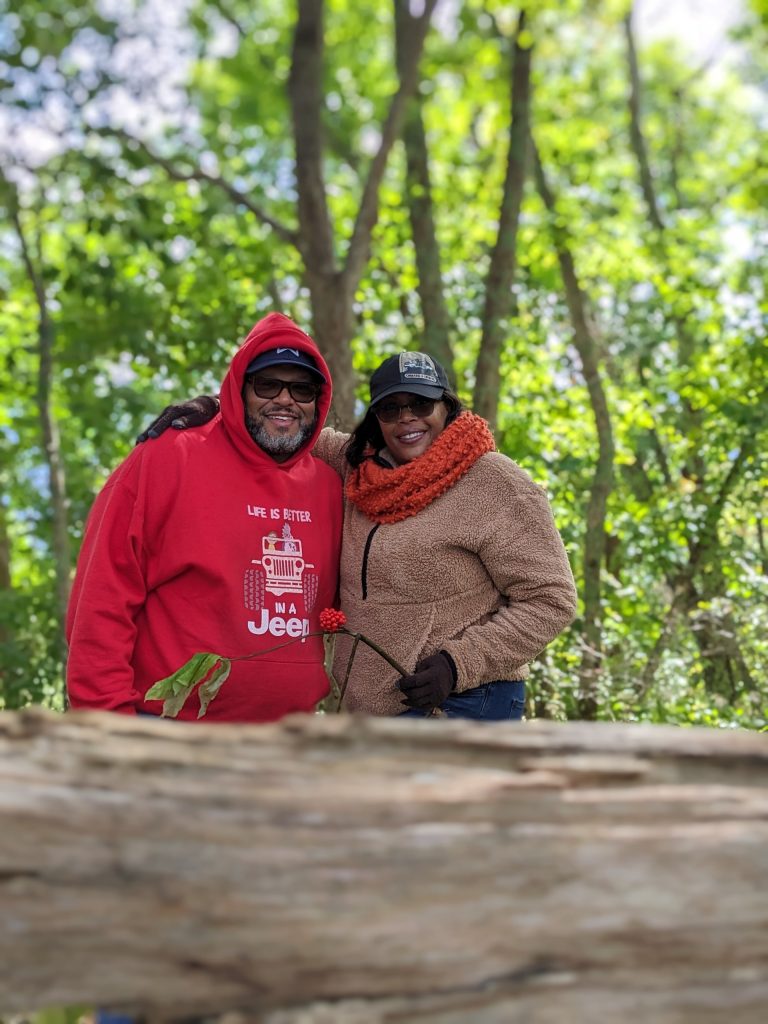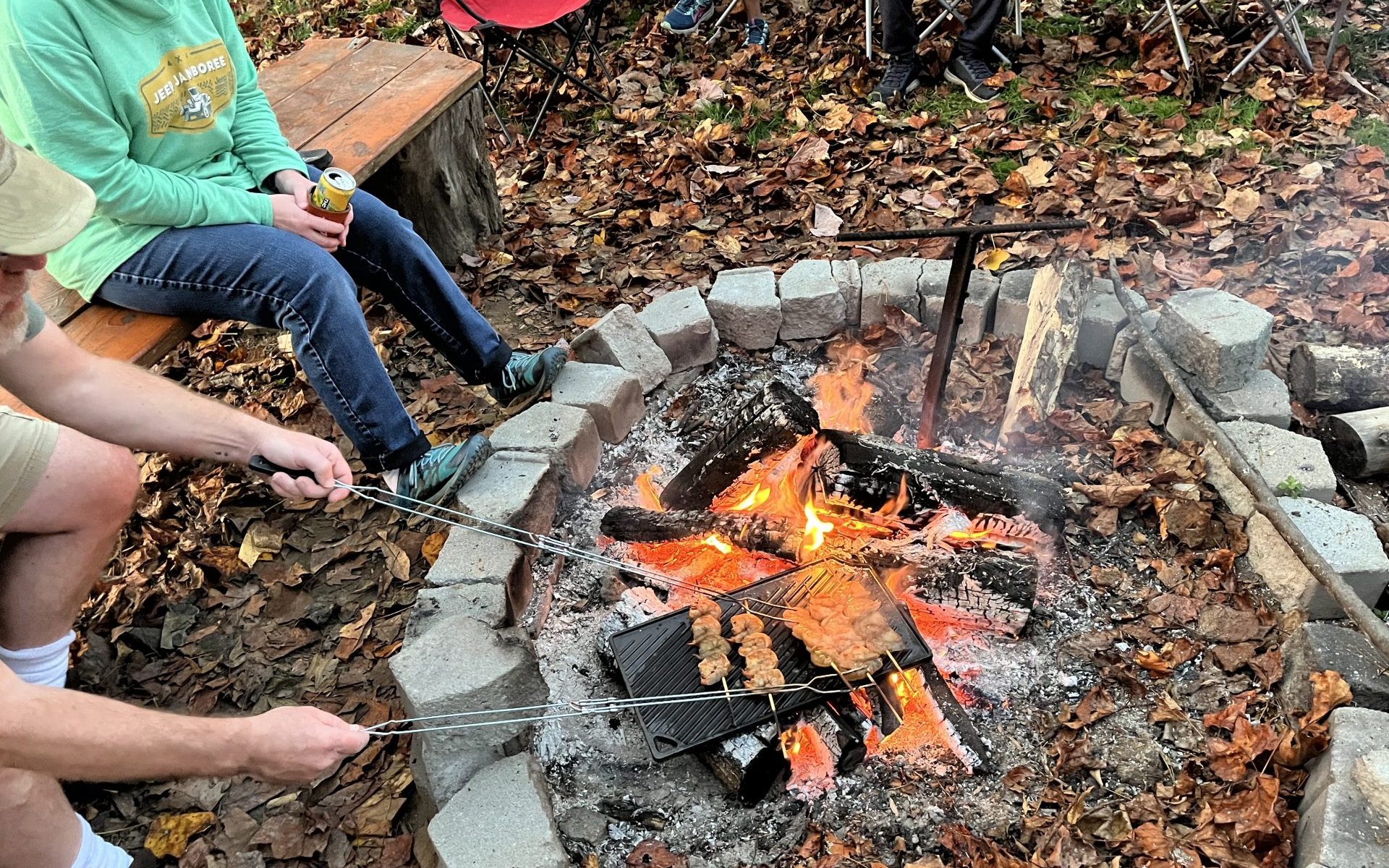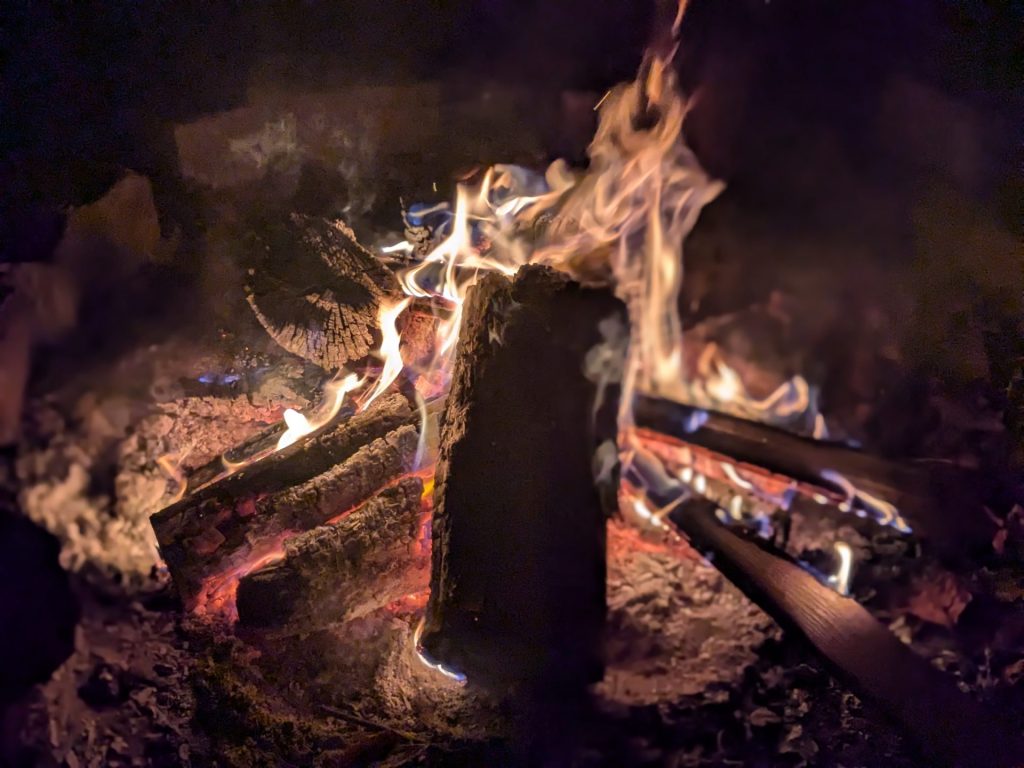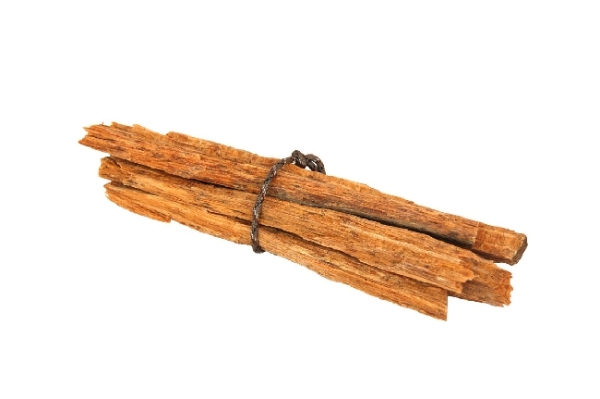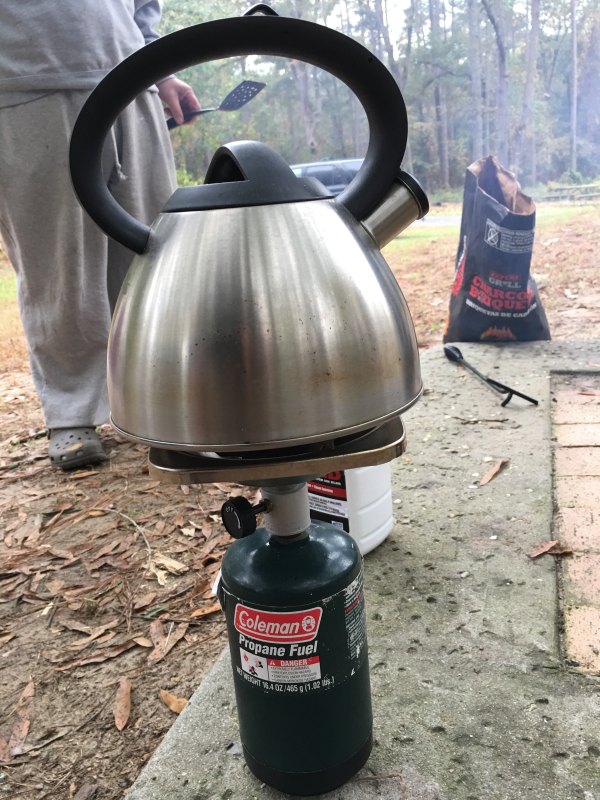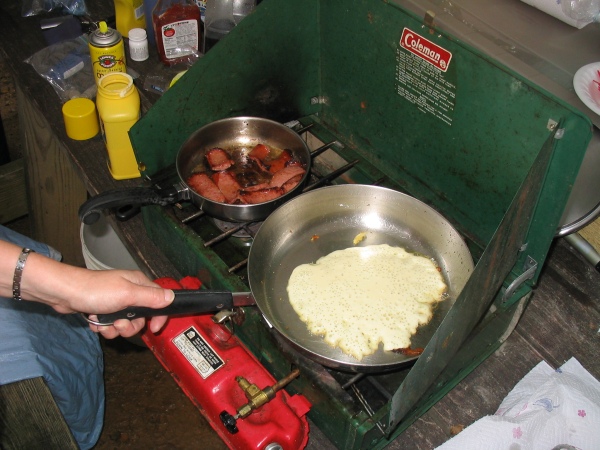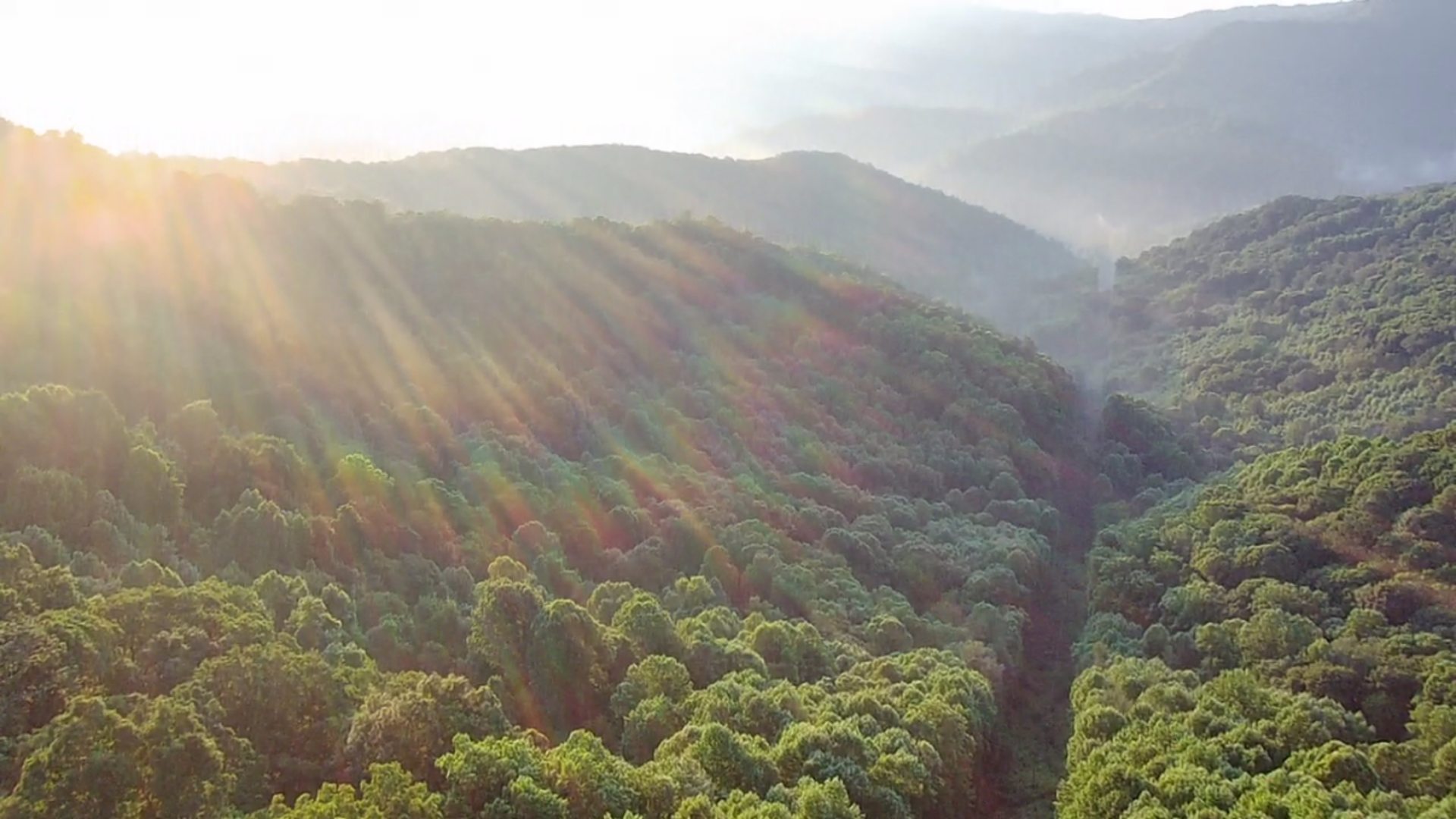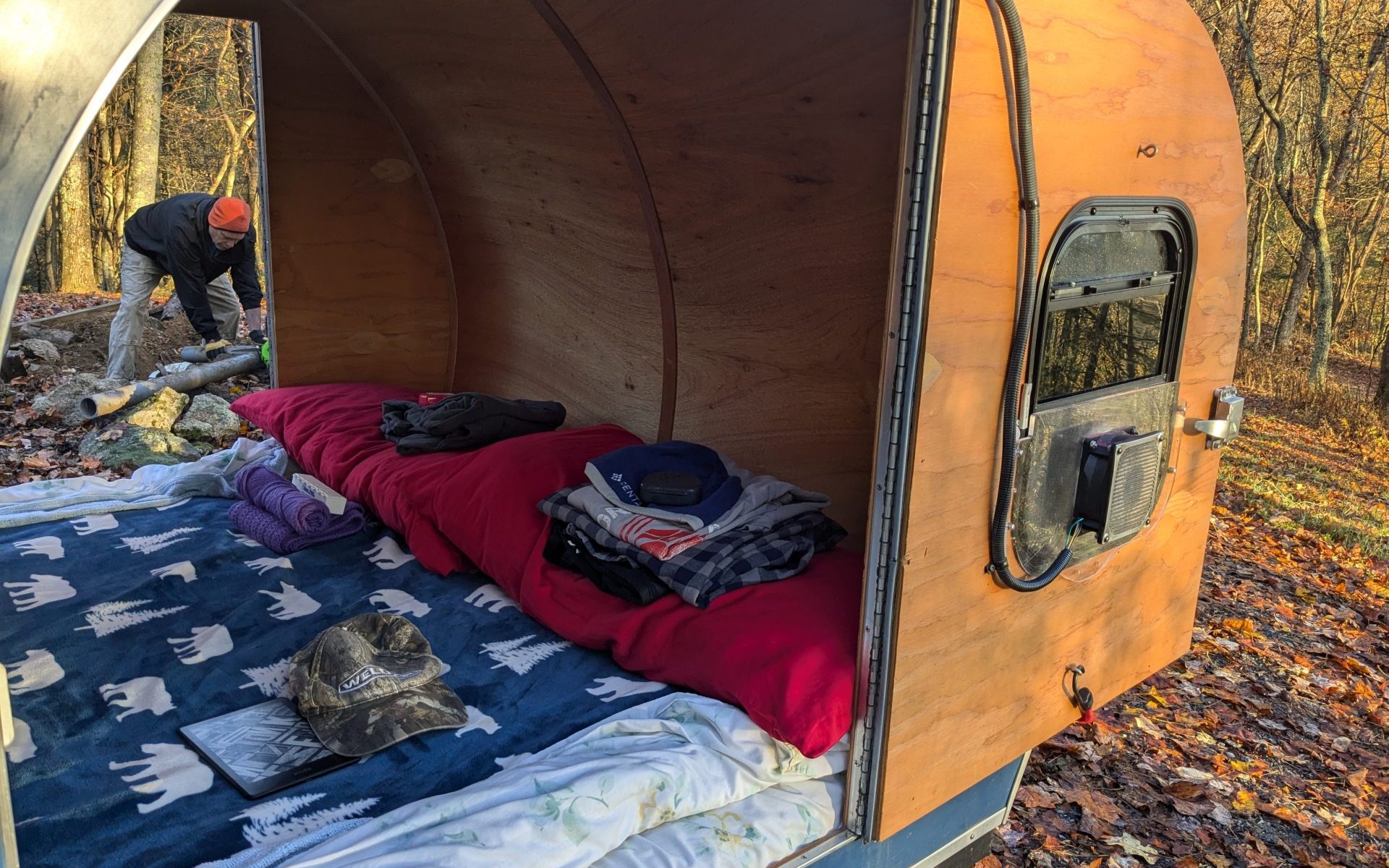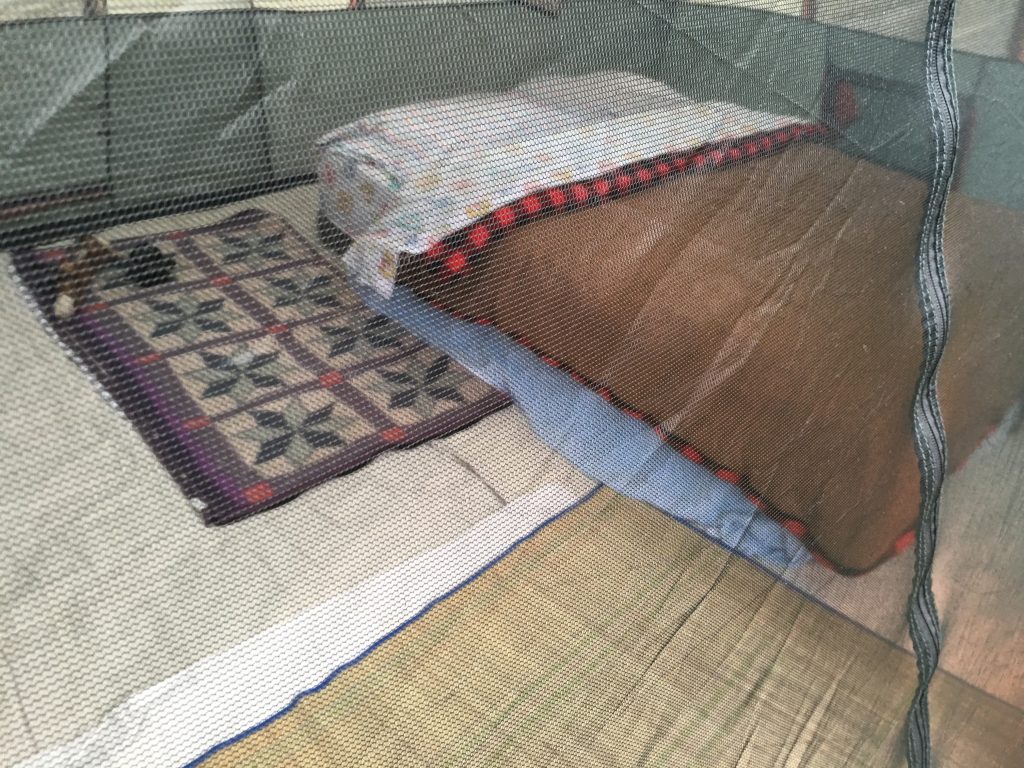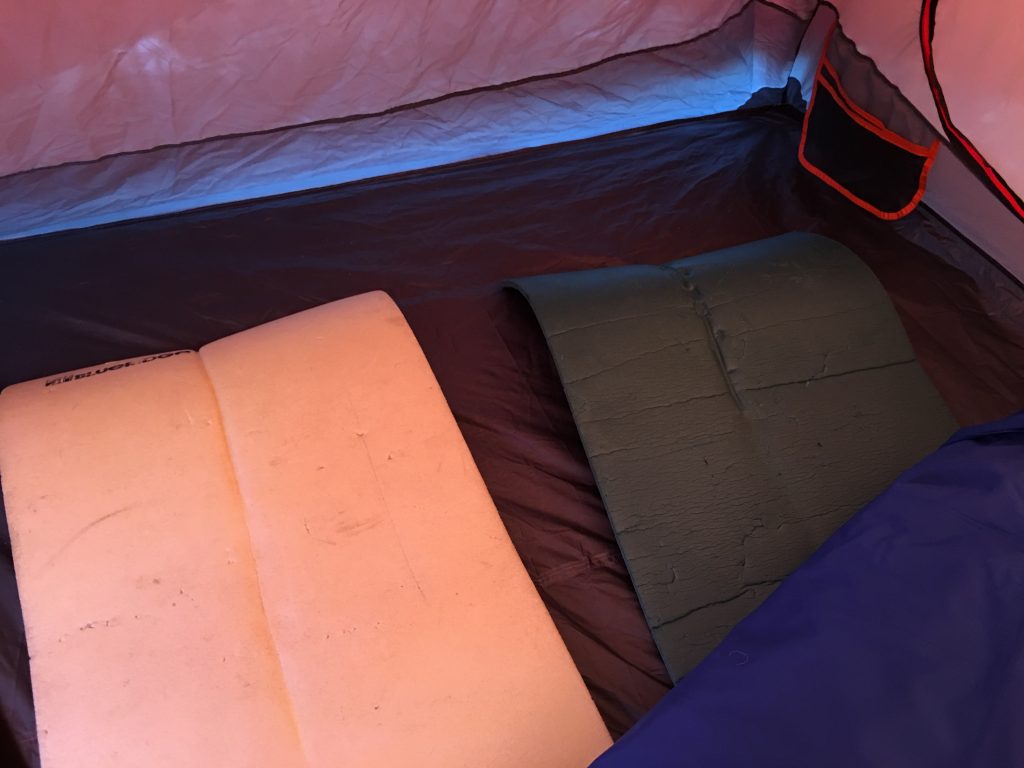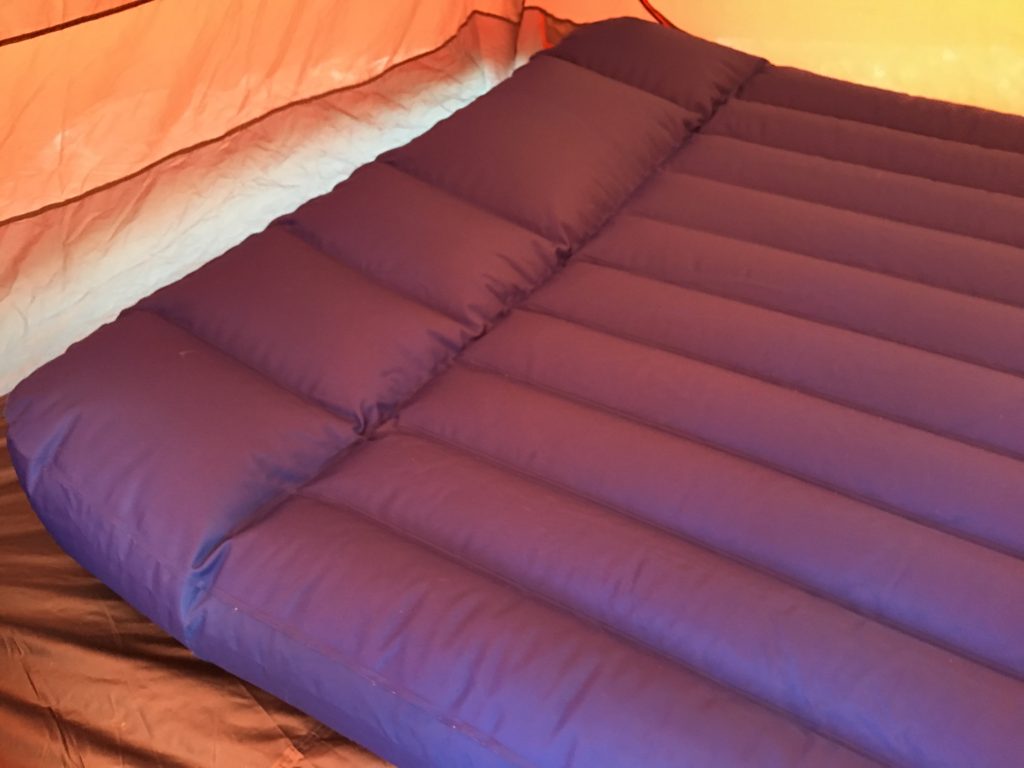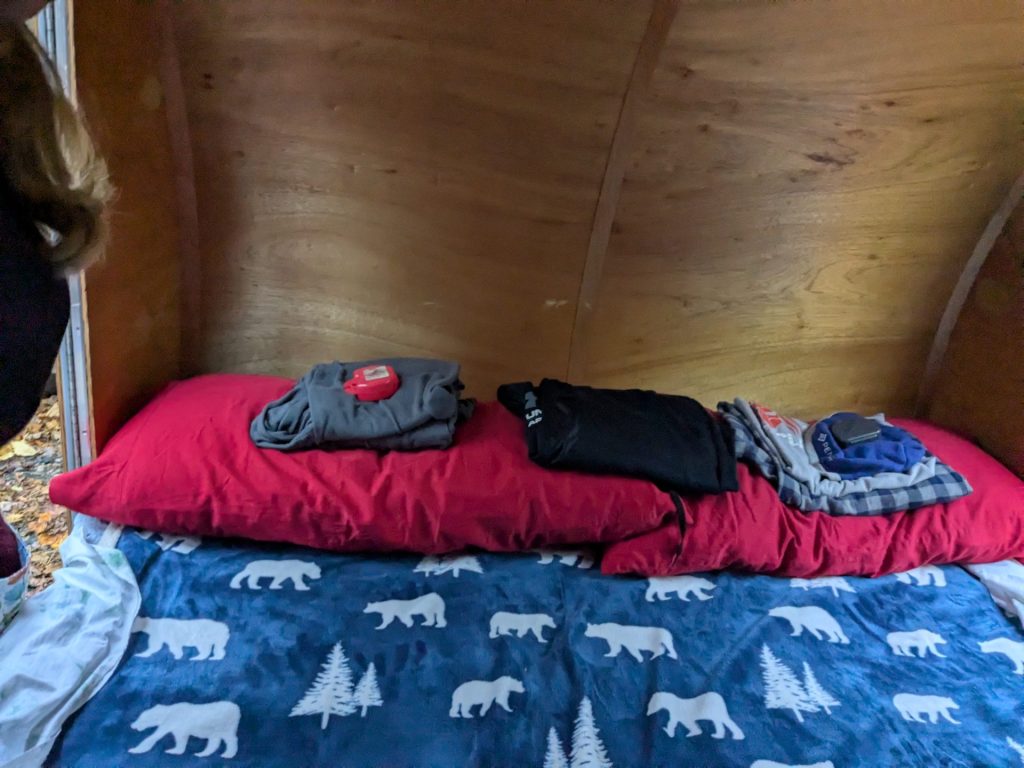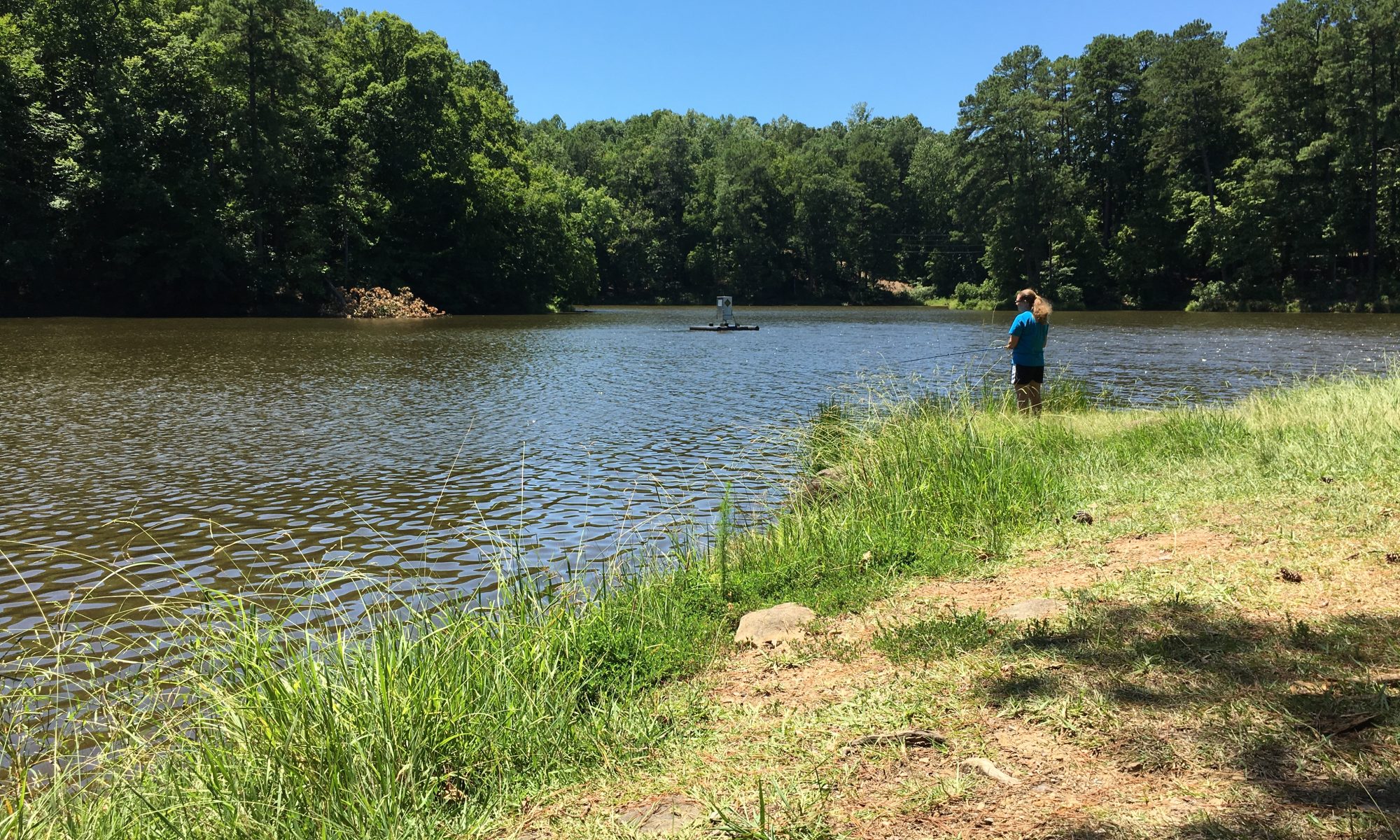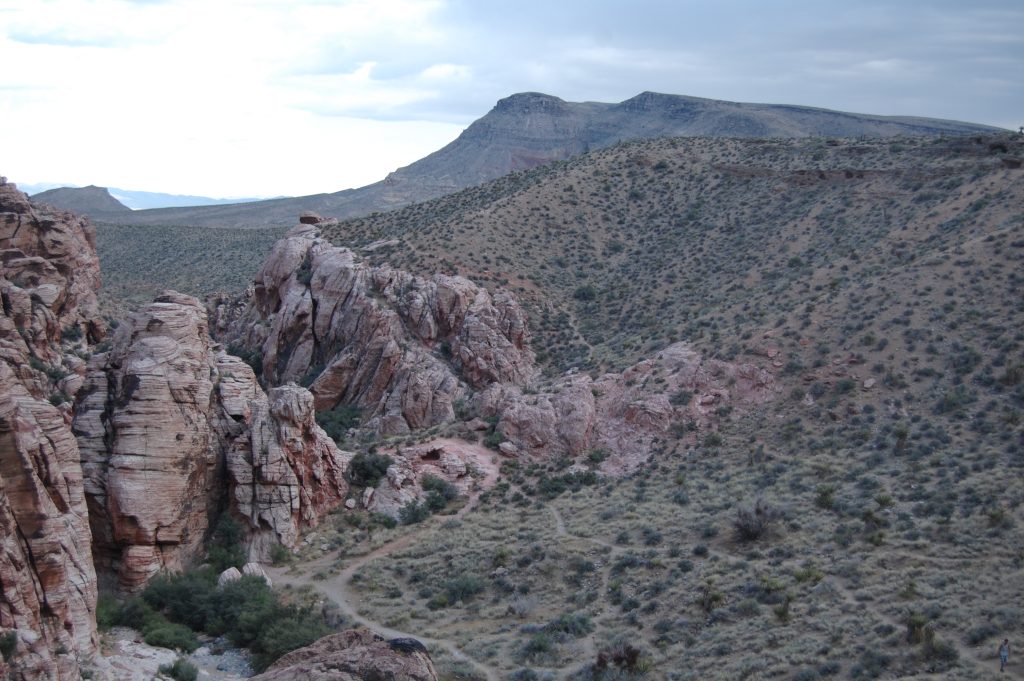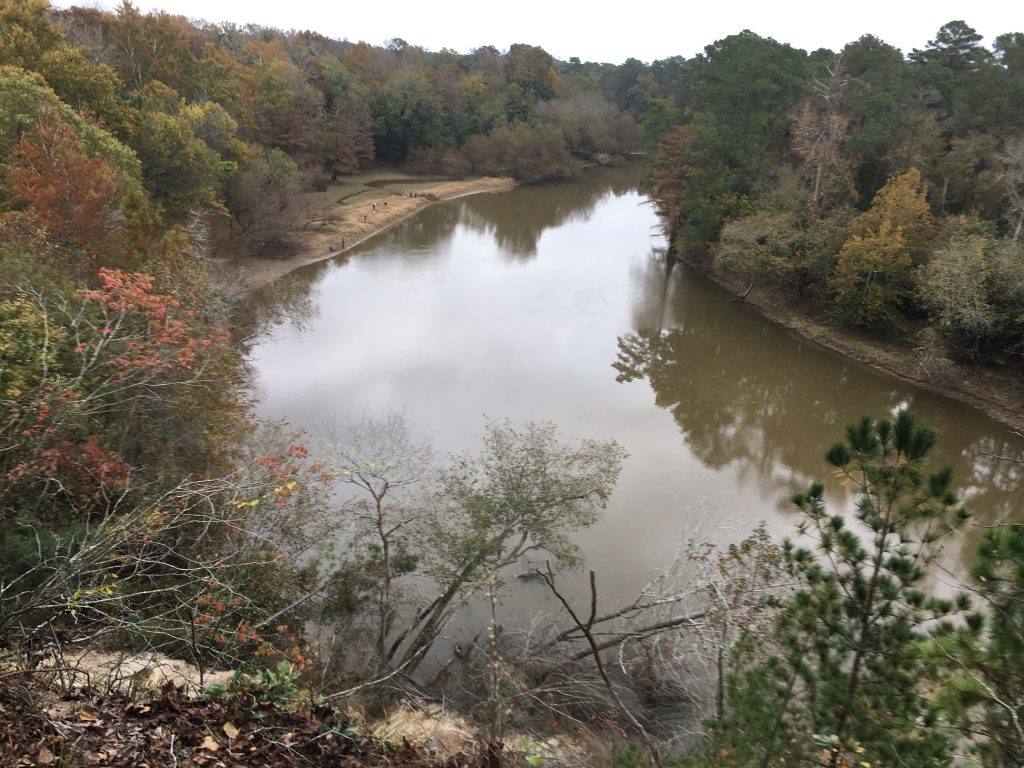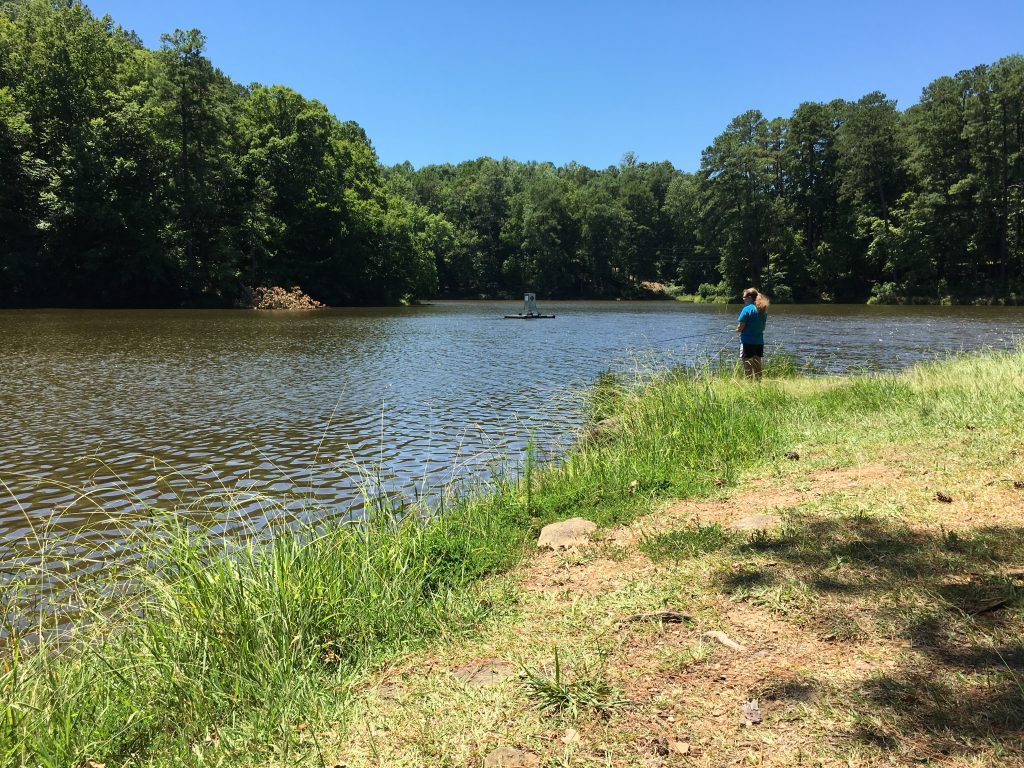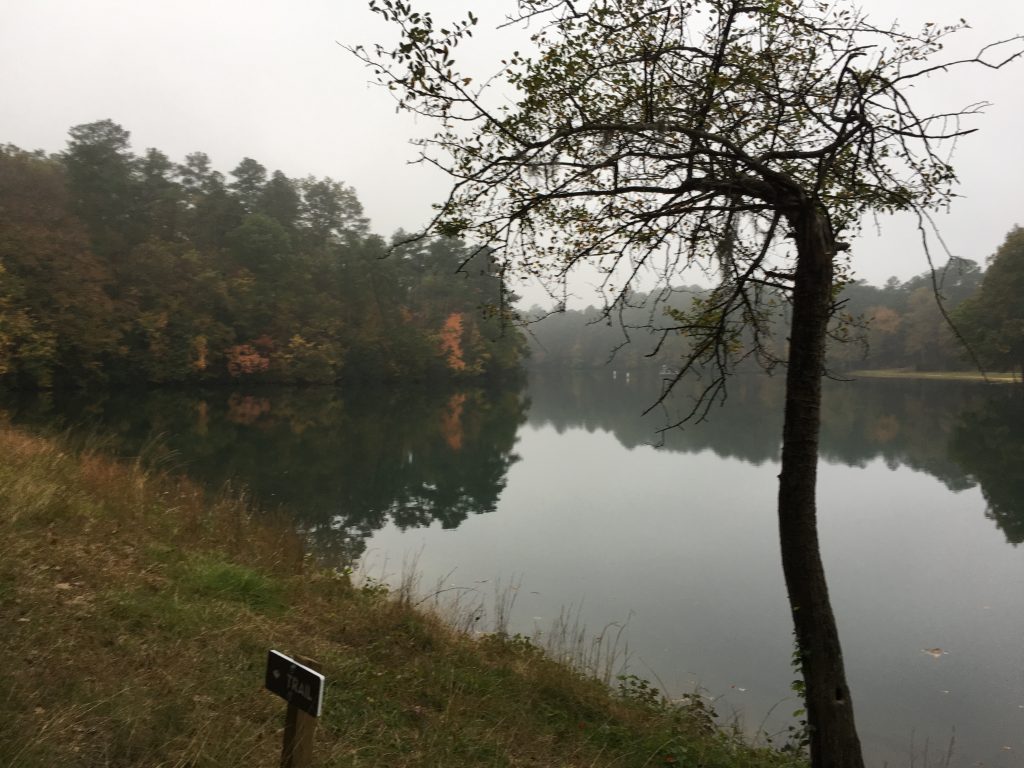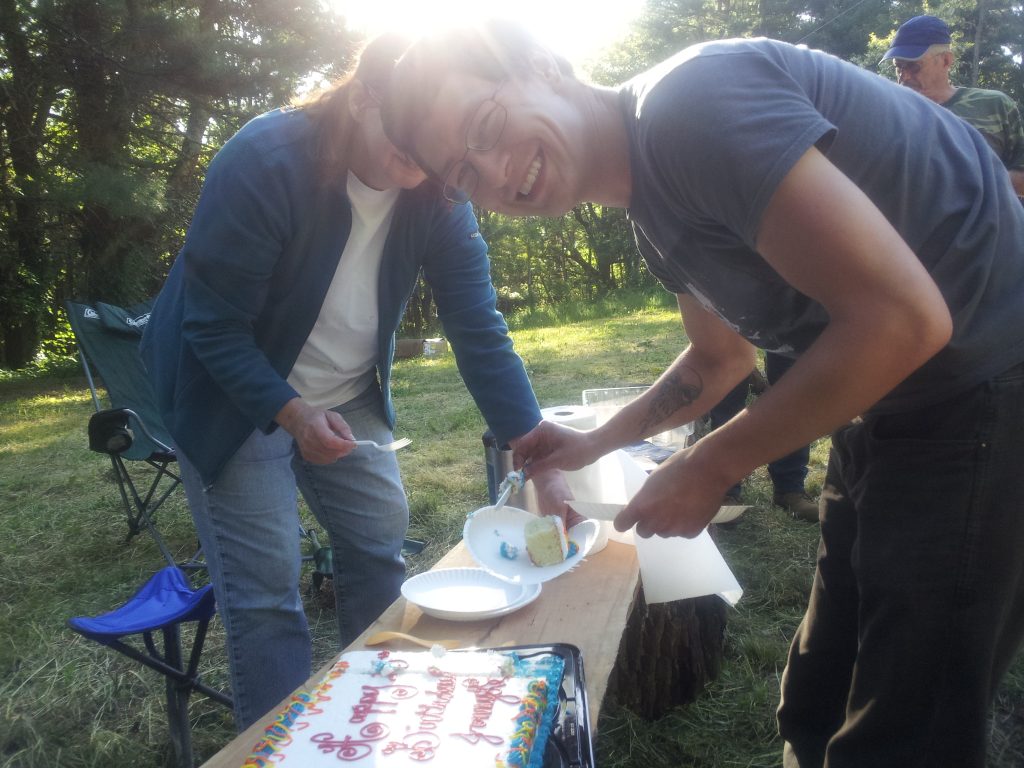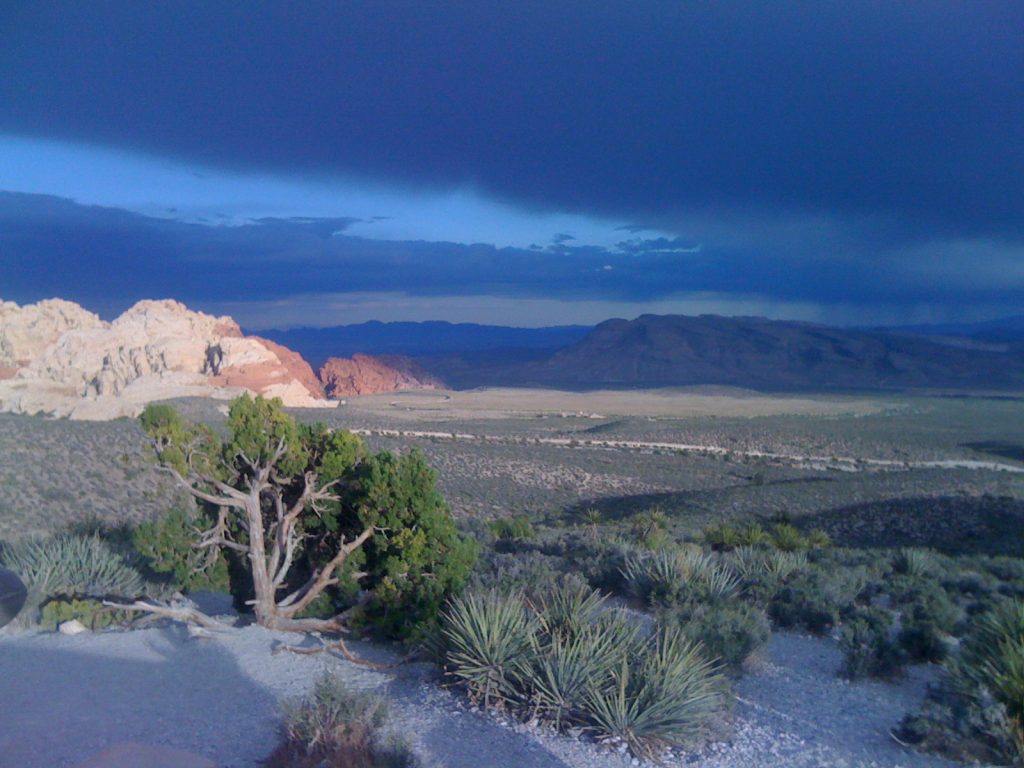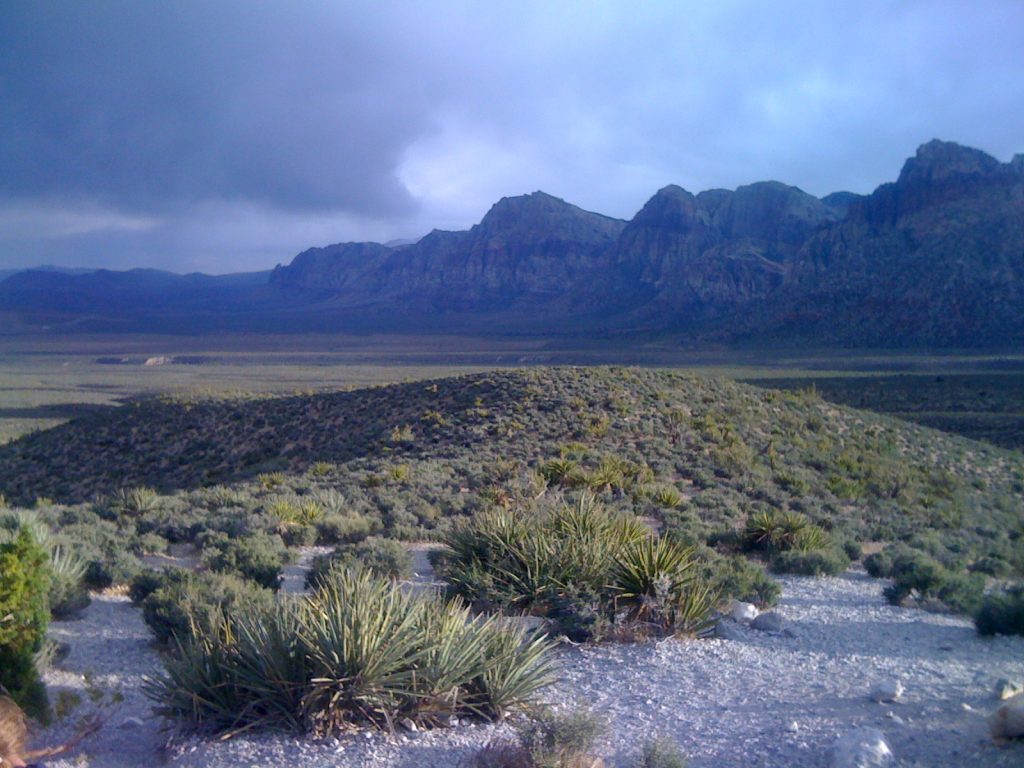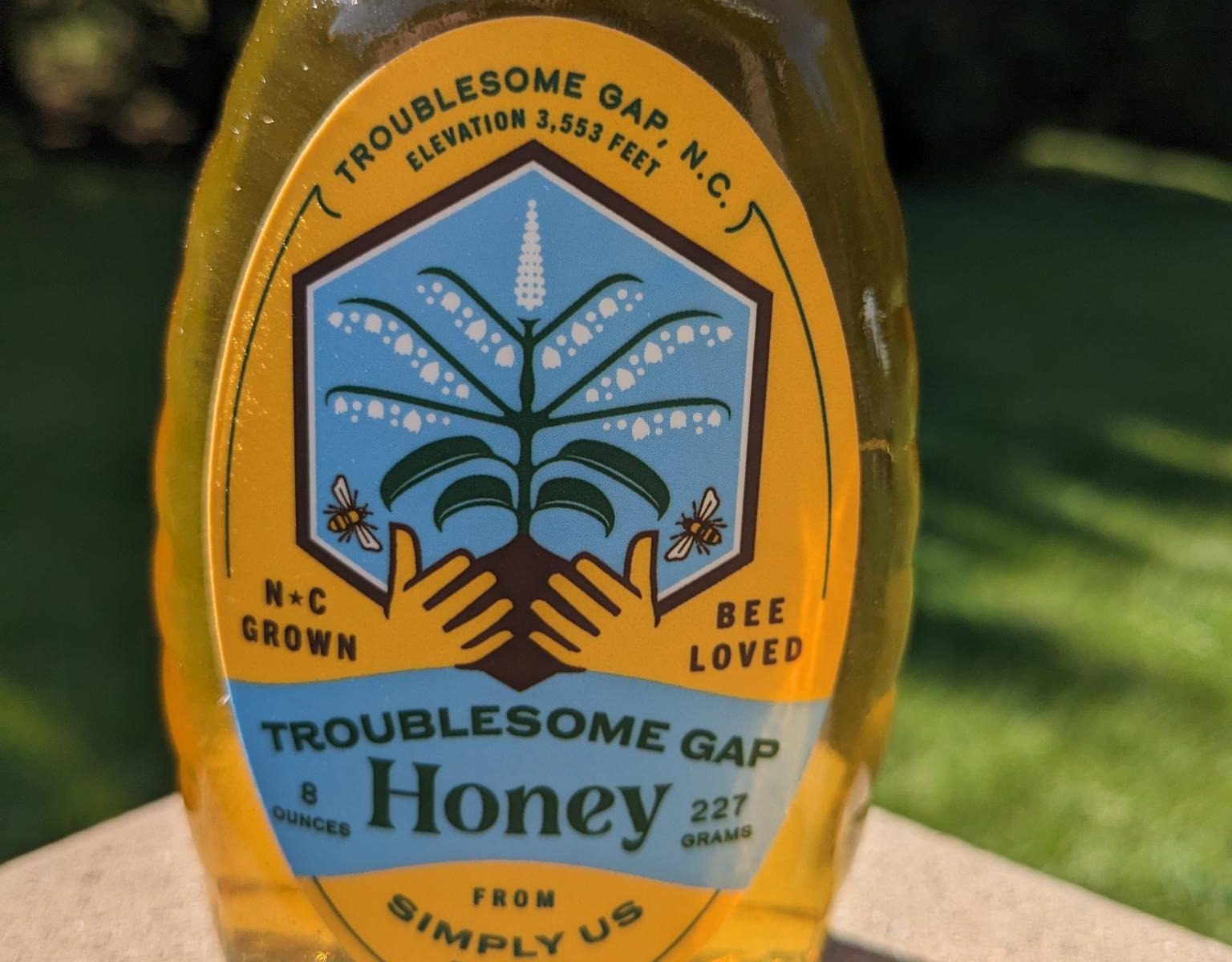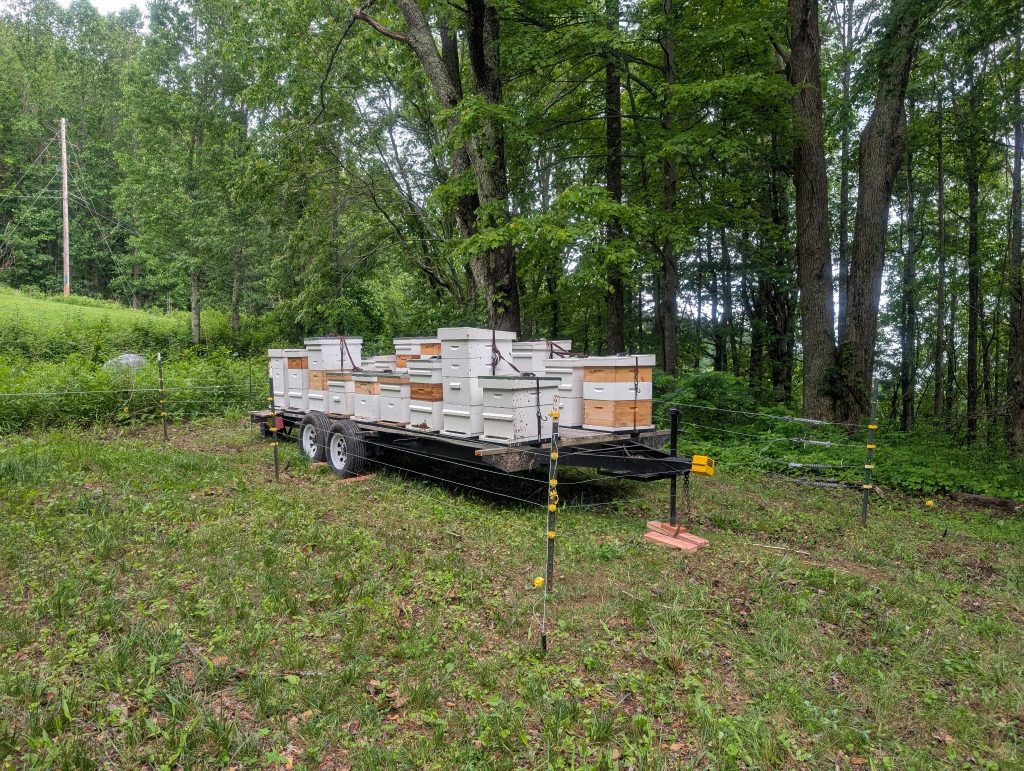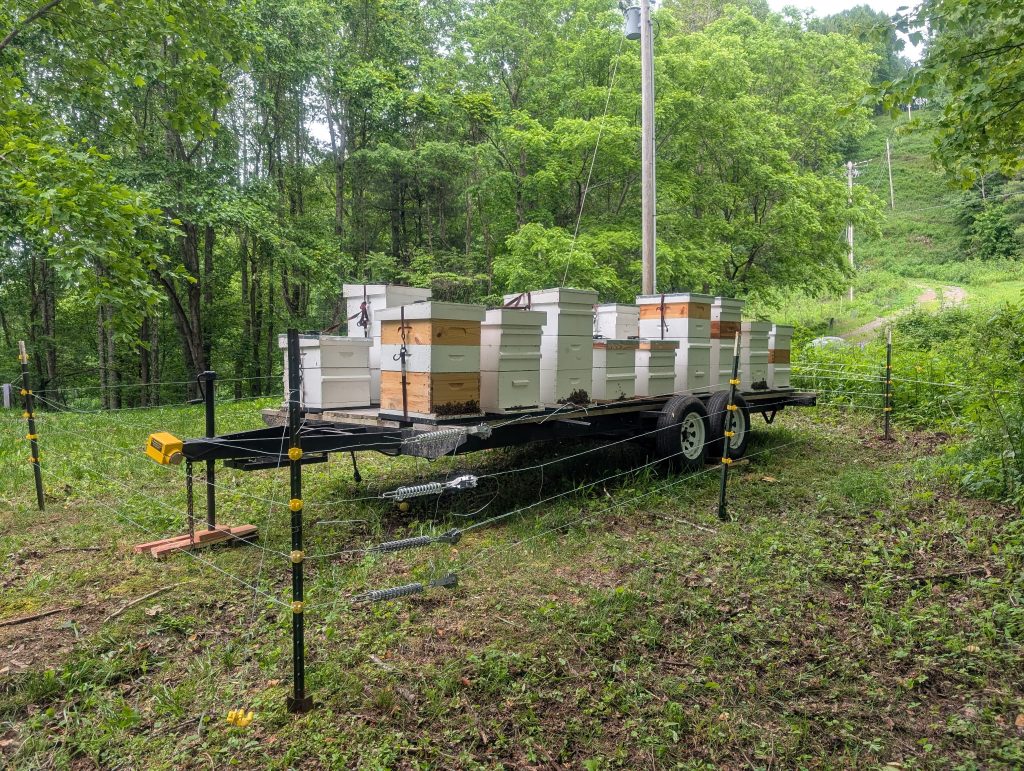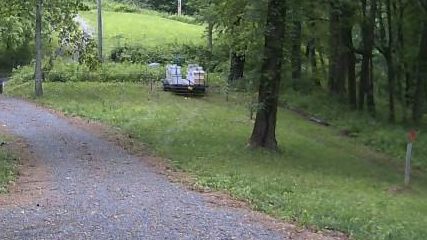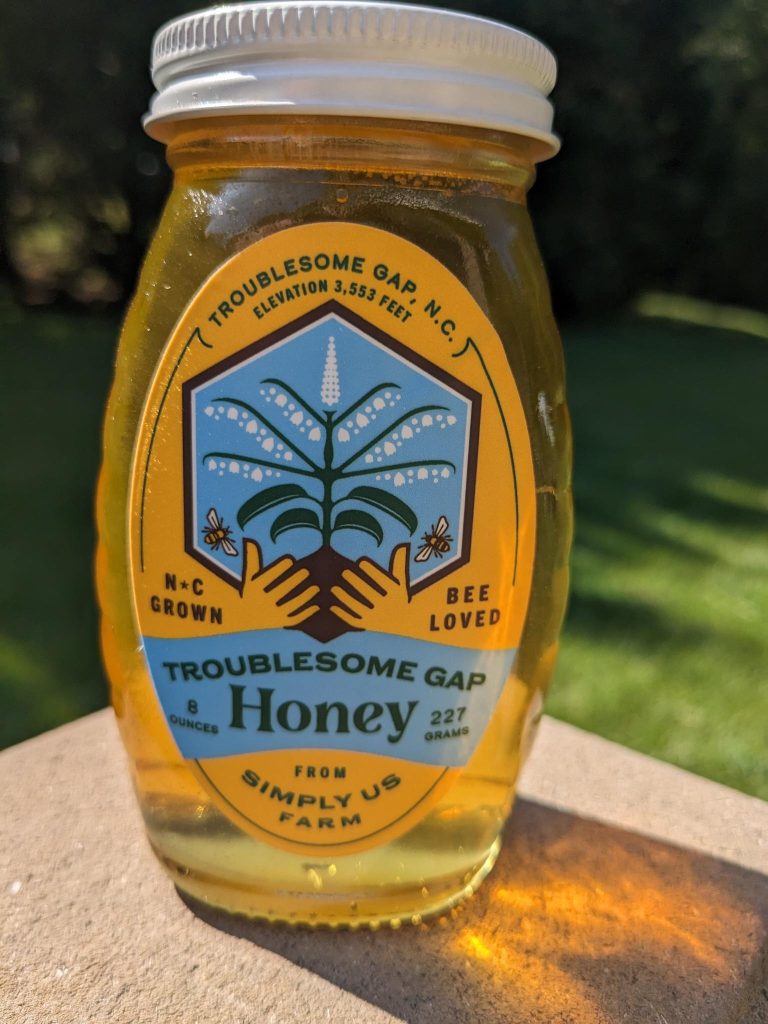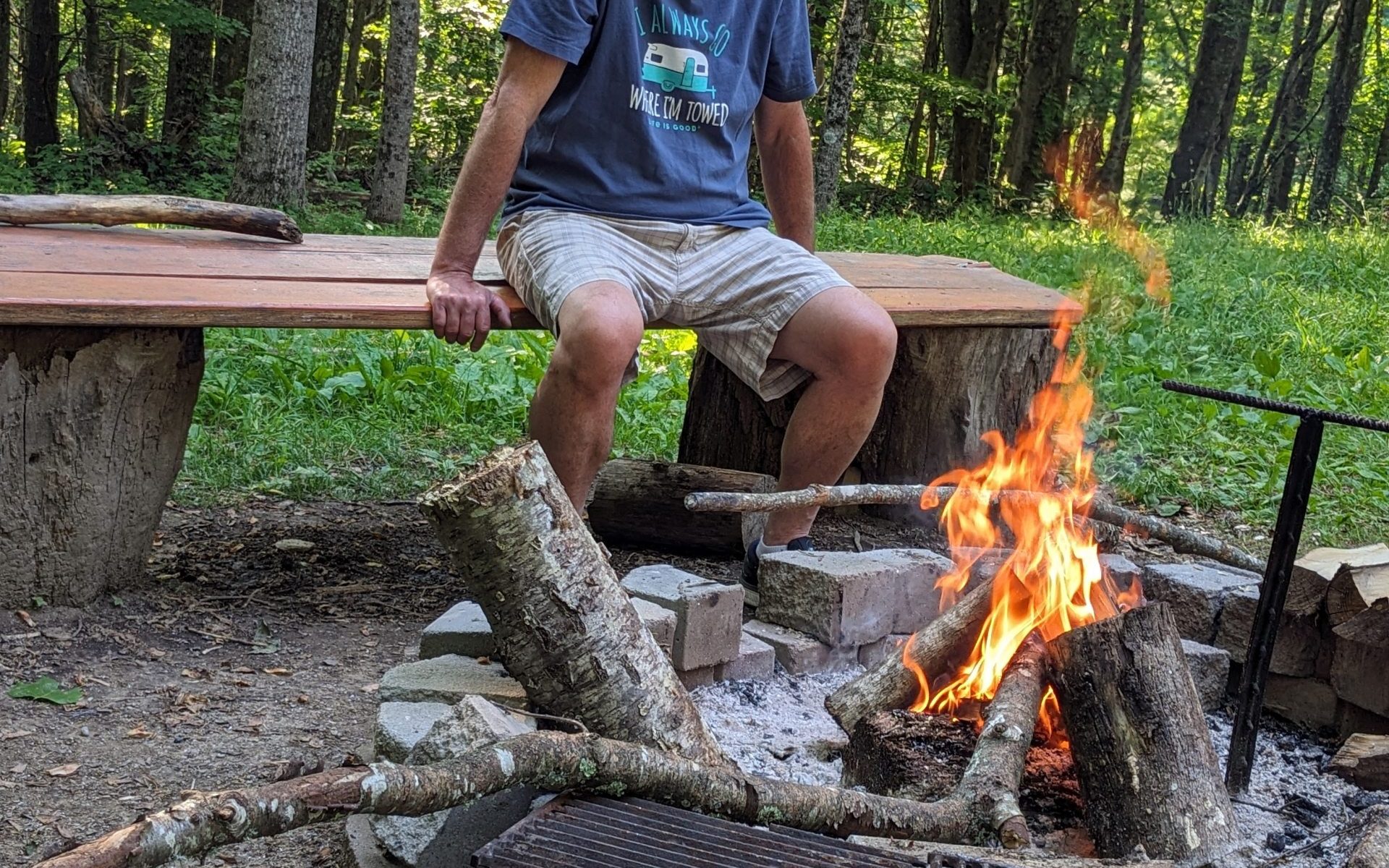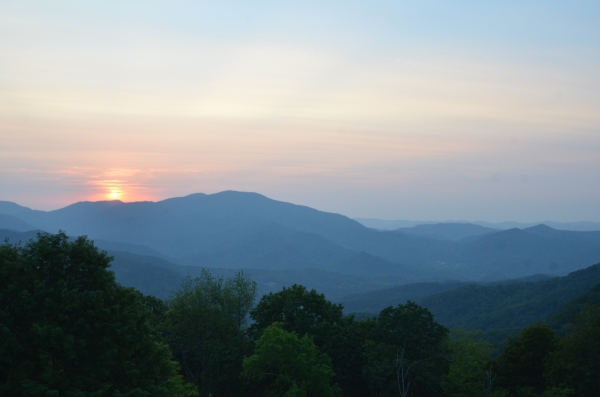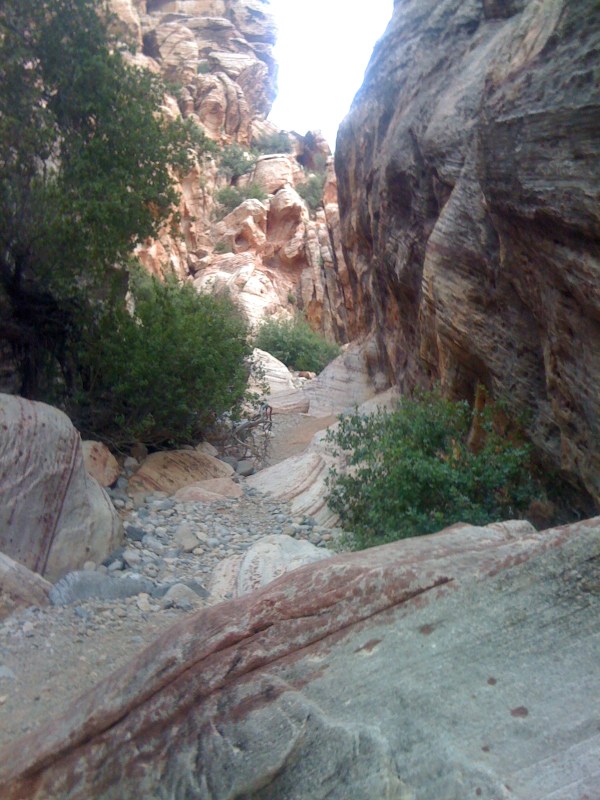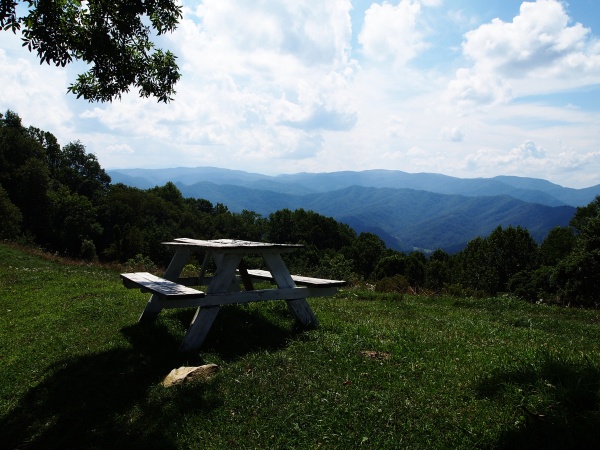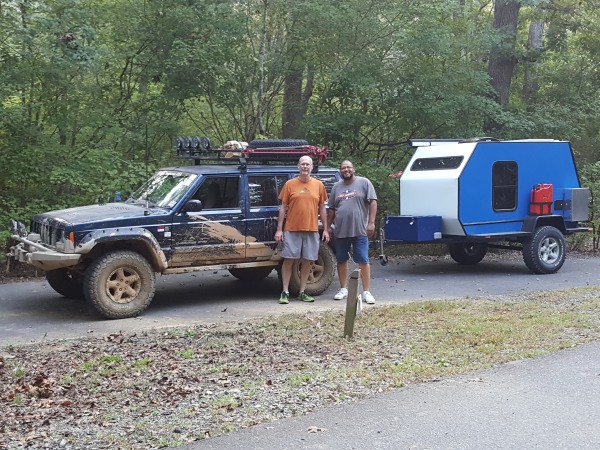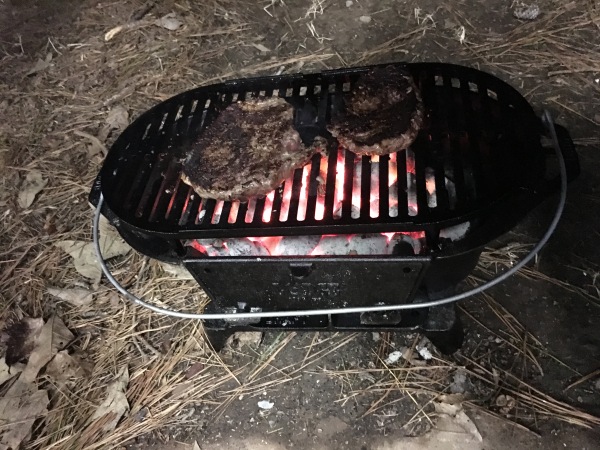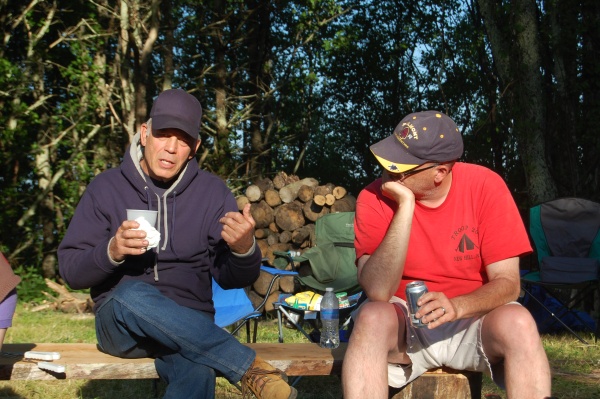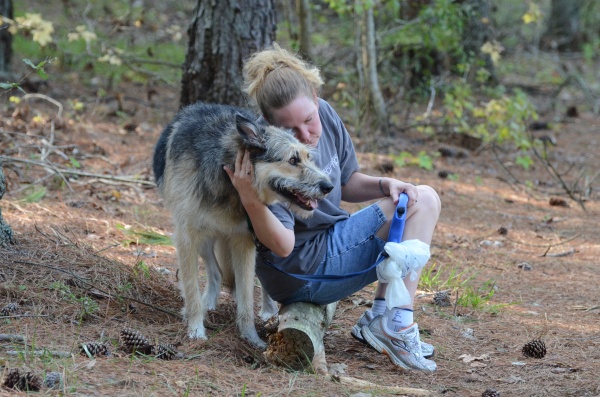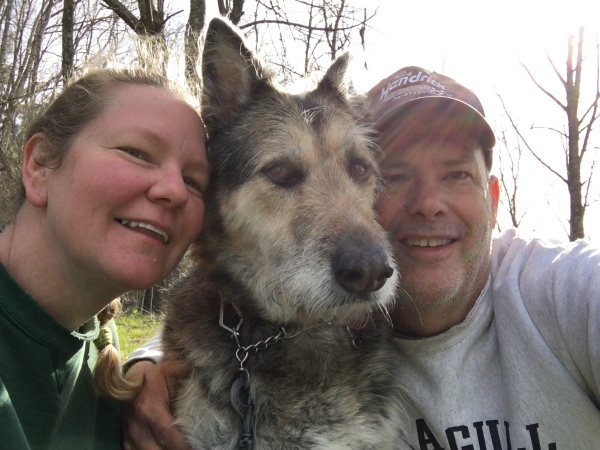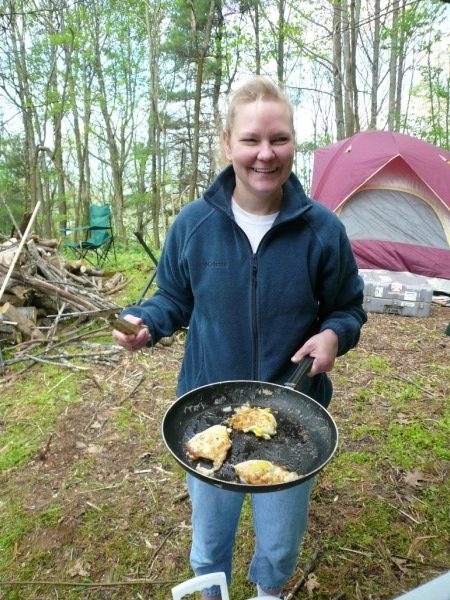The challenge with breakfast is that it’s early, and while camping you’ve got multiple things going on to consider. The first thing is that you’re sleepy because you just woke up. Once everyone else is awake, they’ll want to brush their teeth, use the restroom, freshen up, and so on.
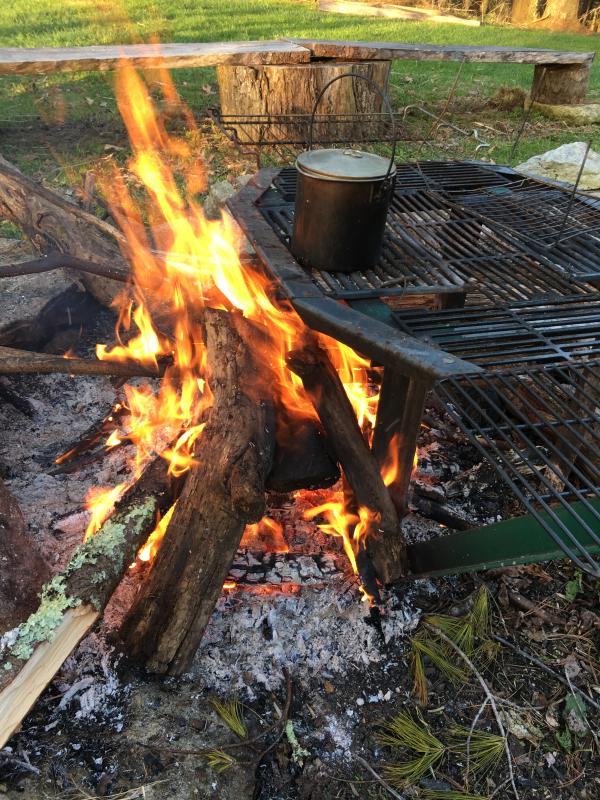
Sometimes the most urgent need is….caffeine.
If at least one person in your party has a caffeine requirement, you need to consider how to meet that. So, for example if you’re used to coffee, then consider bringing soda or a cold cappuccino drink instead. There are options for solving a caffeine craving without ever lighting a fire. So, consider a cold form of caffeine that comes out the cooler, or just sits in the car, depending on the temperature outside. These options allow you to either take your time building a fire or not build one in the morning at all.
The Kelty Pot.
A Kelty Pot looks like a big coffee pot but it is hollow in the middle with a stainless steel, steel, or aluminum base. You put twigs in the hollow part, light them, and as the heat rises up the center of this pot, it heats the water in the surrounding jacket. That’s probably the easiest way to get hot water. The negative part is that you need to sit right there and keep feeding twigs into the hollow section to keep the tiny fire going. There’s really not a lot in that combustion chamber, so the fuel exhausts quickly.
Keep in mind there are places, usually National Forests, where you’re not allowed to pick up twigs, branches, leaves, limbs, horn sheddings, therefore you’ll need to bring something combustible with you. So check where you are for restrictions. But, if you have a supply of twigs, then that Kelty pot is awesome. They’re about a hundred bucks and it’s a solid lifetime purchase.
Different approaches to breakfast.
Some people don’t eat breakfast. Some like a mid-morning snack. But, when camping and exerting extra energy, breakfast may be a must. It all depends on who is with you.
One simple hot breakfast option is oatmeal. All you need is some hot water to make it. There may even be sources of hot water if you’re at a campground with a short walk or drive.
To build a fire, or not.
The next thing you’ve got to consider is where you are. There are locations where you cannot build a fire for different reasons. There are places where there’s no firewood.
If you’re planning on building a fire first thing, then I would suggest whoever the fire builder is needs to be up forty-five minutes before everybody else. That way you have time to build a campfire and get all of that going before the other people in your group rise.
And the other question is . . . “can you” is not as important as “should you.” Say you’re in a rush to get a fire going and it’s not cooperating, and everybody’s ready to go and they’re hungry, that doesn’t make for a pleasant memory. It might be quicker to stop at a restaurant on your drive to a hiking spot, or to eat something cold from the cooler.
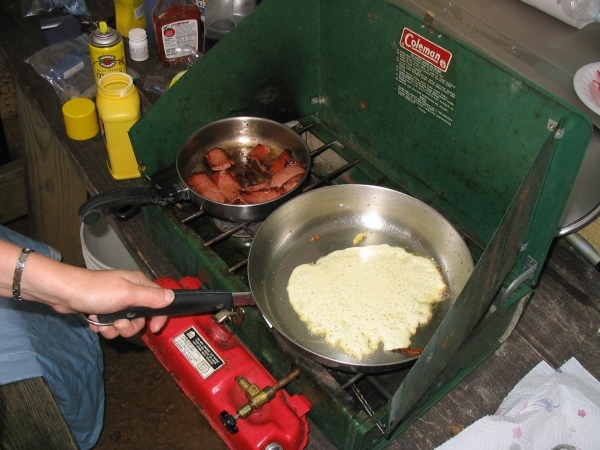
Perhaps a small stove will work.
You light a stove and a couple minutes later, you’re starting to heat up a pan full of water, or a frying pan or what have you. The stove is a really great alternative. There are a lot of options. They run from fifty to a hundred-and-fifty bucks. Basically, the traditional Coleman stove type that sits on top of a table has usually two burners. The Coleman stove is ubiquitous when it comes to camping. They have been around at least seventy years. They come in white gas or propane. I would suggest if you’re purchasing one buy the propane, because it’s the cheapest to operate. There are also small backpacking stoves that are butane, they are small and you can get a lot of fires out of them. The difference is that with a Coleman stove, you’ve got two large burners, and you can actually heat up a lot more volume of water than you can with a small backpacking stove. There are now one-burner versions from Asian vendors that run off butane. These are small, don’t take up a lot of space, and are very easy to use. The Coleman ones are extremely robust. I’ve fixed many of them with a pocketknife and a paper towel, which is helpful when you are out in the wild.
So, a small stove is nice because you sit it on the picnic table or on the ground and light your fire and then a few minutes later you’ve got water for your coffee. If using a small stove, I would recommend testing it at home before you leave. And making sure you have ample fuel.
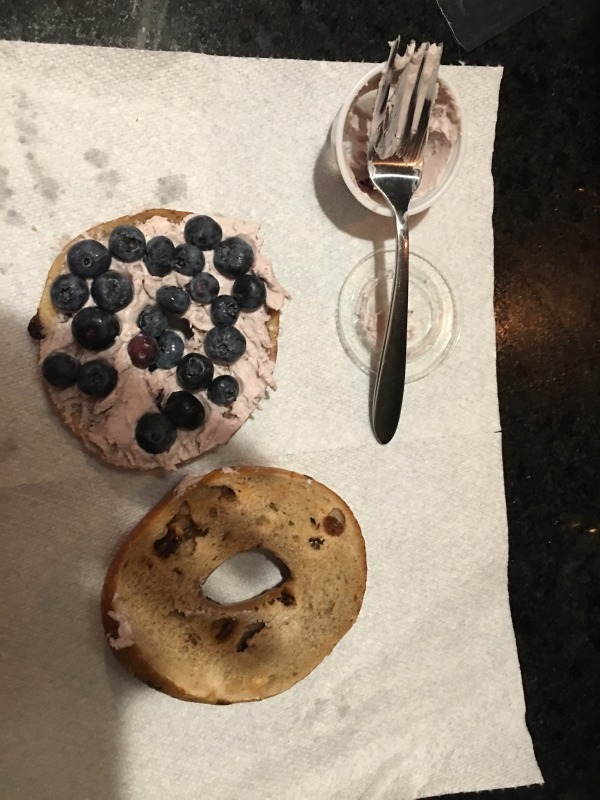
Cold breakfast options.
If fixing a fire first thing in the morning is more work than you want, or if your group has an early activity planned, then consider a cold breakfast. Some successful items that I’ve tried with my family are bagels with cream cheese or peanut butter and jelly sandwiches. These are awesome ways to get something quick that doesn’t require a lot of prep or cleanup. A few other ideas are nuts, energy bars, pop tarts, or trail mix. If you have a cooler, you could have cereal with milk, hardboiled eggs, cottage cheese, or yogurt.
On Pinterest or Google, there are many other creative ideas for simple camping breakfast recipes and ideas. You just need to evaluate them based on the need for heat or a cooler, and if those are readily available to you. Can you do it with just hot water? Can you do it with no heat?
What kinds of skillet to use.
If you decide to heat over an open fire or a small stove, I highly recommend a cast iron pan. Aluminum pans are harder to cook with over the fire than cast iron. Aluminum conducts heat quickly and changes temperature quickly. If the flame is an uneven temperature then the aluminum won’t cook evenly. So I would suggest a cast iron skillet.
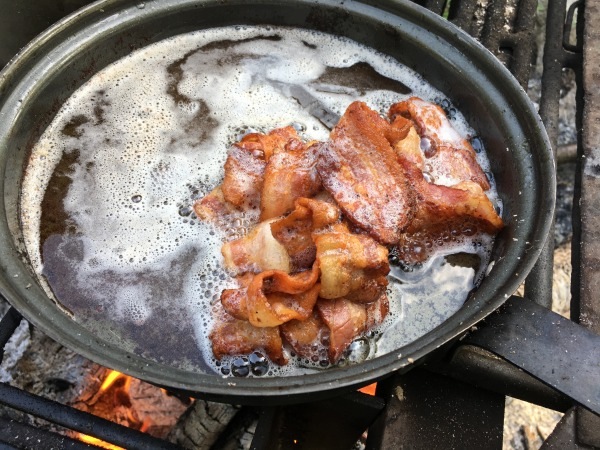
Cooked breakfast options.
One thing that is spectacular about a campfire is bacon. Most mornings we cook bacon or sausage in a cast iron pan. After cooking the meat, I reserve a little grease and then cook the eggs with that grease. I’m telling you, the fact that you’re hungry because you’re burning a lot of calories that you normally don’t and you’re out in the woods with campfire smoke lingering, those bacon and eggs will smell and taste luscious. Bacon and eggs is a simple and extraordinarily satisfying meal at a campsite.
Other cooked ideas for breakfast would be sausage, sausage patties, and link sausage. A lot of times adding a little bit of water to help even out the heat helps the sausages cook better.
One thing I would encourage you not to cook is pancakes. They require nice, even, controllable heat which is difficult on a portable stove or a fire. You may be the pancake master at home but pancakes and campfire can be tough. If you really want to try them, bring a cast-iron griddle to help even out the temperature. Even at that I would encourage you to make small, simple pancakes, not stuffed ones as they will get tough because the heat is so uneven.
Nifty “burrito in a bag.”
A “burrito in a bag” is made up ahead of time. At home, assemble eggs and ham and onions and pepper or whatever you want. Place it all together in a plastic bag. At the campsite, all you need to do is put the bag in hot water. The hot water cooks the eggs and basically makes an omelet. Then, you can eat the food right out of the bag; maybe even use a plastic spoon if you want. That way you don’t have a lot of clean up, because your pan’s just boiling water. This is an easy and quick breakfast option. The work is done ahead of time at home.
Cleaning a cast iron pan.
Your cast iron pan will be much easier to clean than aluminum or steel. A heads-up, if you haven’t cleaned a cast iron pan before, it’s a little different. You shouldn’t soap it up, because it’ll absorb the soap taste. Use hot water and a sponge or stiff brush. If the food remains stuck on, mix up a paste of course kosher salt and water to use as a rub.
General clean up hints.
When we cook bacon, we pour most of the grease into a cup to dispose of later. Don’t pour it on the ground as this will invite critters into your kitchen area, which you really don’t want.
Cooking over an open fire or small cooktop requires clean up time. So, allot at least an hour or more from the time you light the fire until you are prepared to leave your campsite.
To get the cleanup done quickly, try to make it a joint effort. Also, you want to make your cleanup process sanitary because the last thing you want is food poisoning. Make sure to cook meat first, then the eggs in the grease—which will give you really good tasting eggs.
Other breakfast options.
The other thing to consider is what your plans are for the day. If driving to your activity you will pass by a Bojangles or somewhere to eat breakfast, one option is to stop along the way. This will save time in the morning if there are no early risers in the group or no one interested in cooking. Because, let’s be honest, cooking and cleaning up a hearty breakfast is time-consuming. Another option, depending on the location of your campsite, one person could get take-out for the group. I think the trick is to size up what everybody’s state of mind and the state of their stomach will be first thing in the morning, then base your breakfast meal plan on that. That way you’ll have a lot happier people.
Building a fire.
I go into how to build a fire in a later chapter, but I will say the key to a fire is in the preparation. Before you get to the site as well as while you are at the site. You need some sort of kindling; you need some small stuff, and as the fire grows you’ll progress to bigger pieces. And it definitely takes a little bit of time. The more you do it, the better you’ll get.
Baby steps.
I would not suggest full-blown cooking over a fire on your first camping trip. Instead what I would do is have a stove that you’ve tested ahead of time. It’s quick, it’s easy, and it doesn’t get in the way of that priceless moment. I think after you’ve had some experience at building a fire and getting your camp kitchen set up how you want it, then breakfast can be a nice, hearty thing.
Our normal routine.
My wife, Connie, likes to have a nice warm breakfast, so I get up first thing and build a fire. I’ll have hot coffee and water boiling in a big pot by the time she wakes up. Many times I’ll actually have the bacon started and the wondrous smell is what entices her out of the tent. But, we usually don’t do a lot of heavy activities first thing in the morning. I wake up at the crack of dawn, start coffee and breakfast, and we tend to have leisurely mornings.
When we had young children, they were ready to go when the sun rose. That was a time in our life where spending an hour and a half cooking breakfast was not the best choice. A cold breakfast or a meal at a fast-food restaurant worked best for that phase. On the flip side, when they became teenagers they didn’t like to get up before noon. In those days, Connie and I were able to have a leisurely morning and cook a hot meal so that when the kids got up, they could scarf down the leftovers and we could start our day. So my point is that you need to right-size it for what your family needs at the time.
Bottom line.
If in doubt, my suggestion is to go with a cold breakfast, something you can do without heat. Keep it simple, and kind of go from there. The point with all of this advice is to know what your skills and abilities are and operate within that framework. Be aware of your plans for the day and make sure breakfast ties in properly, as your focus is on finding that memorable moment.
Check out my books on camping
